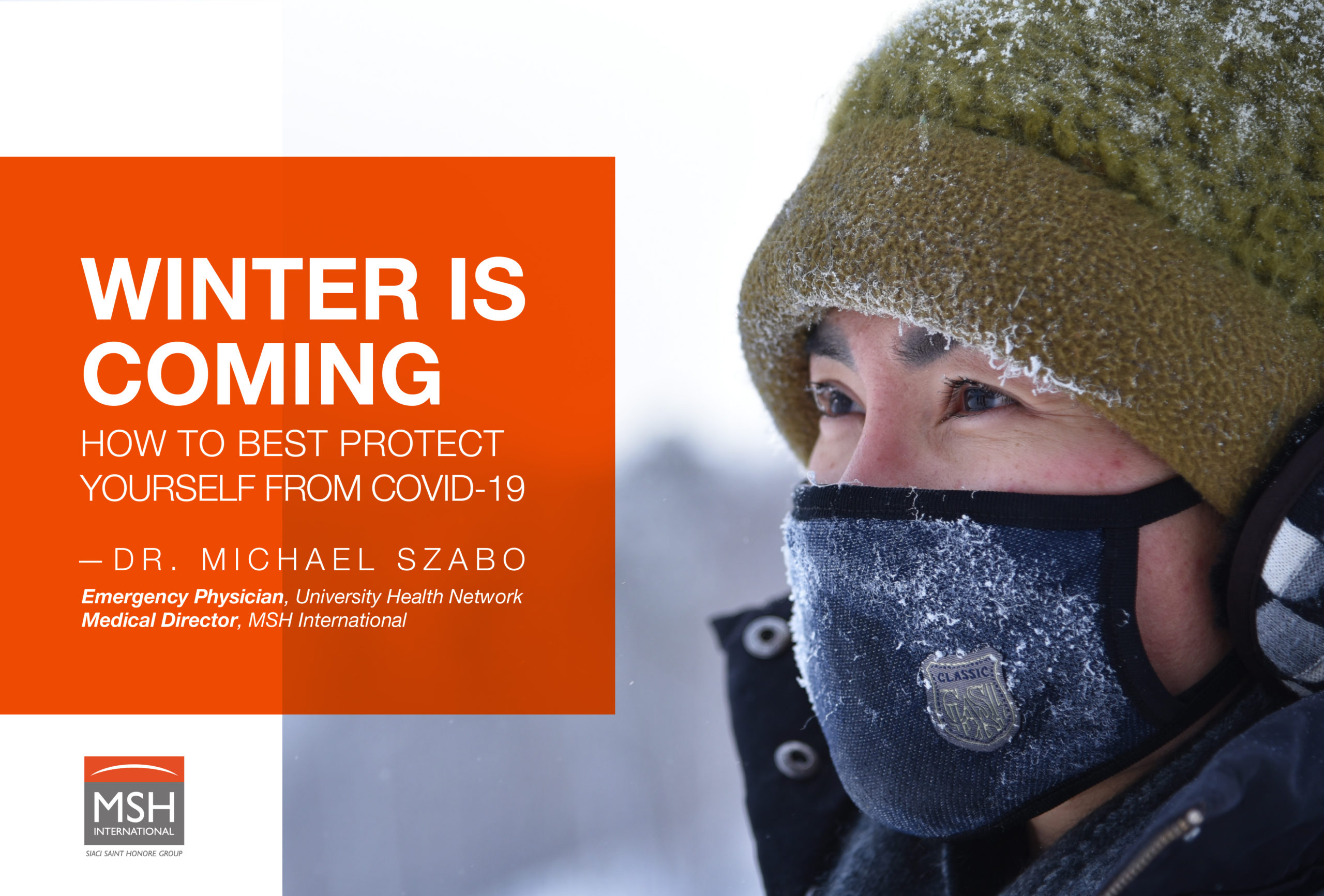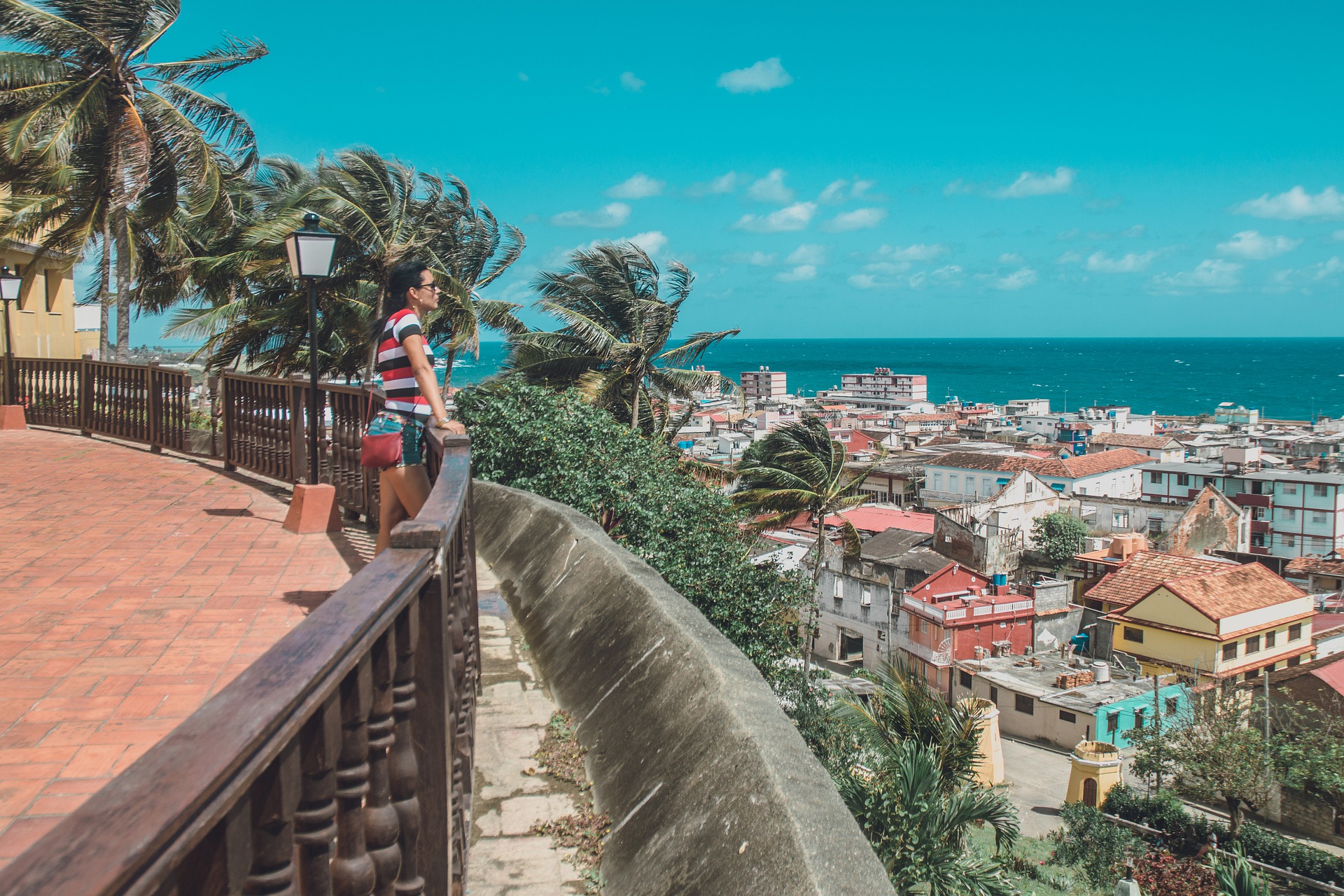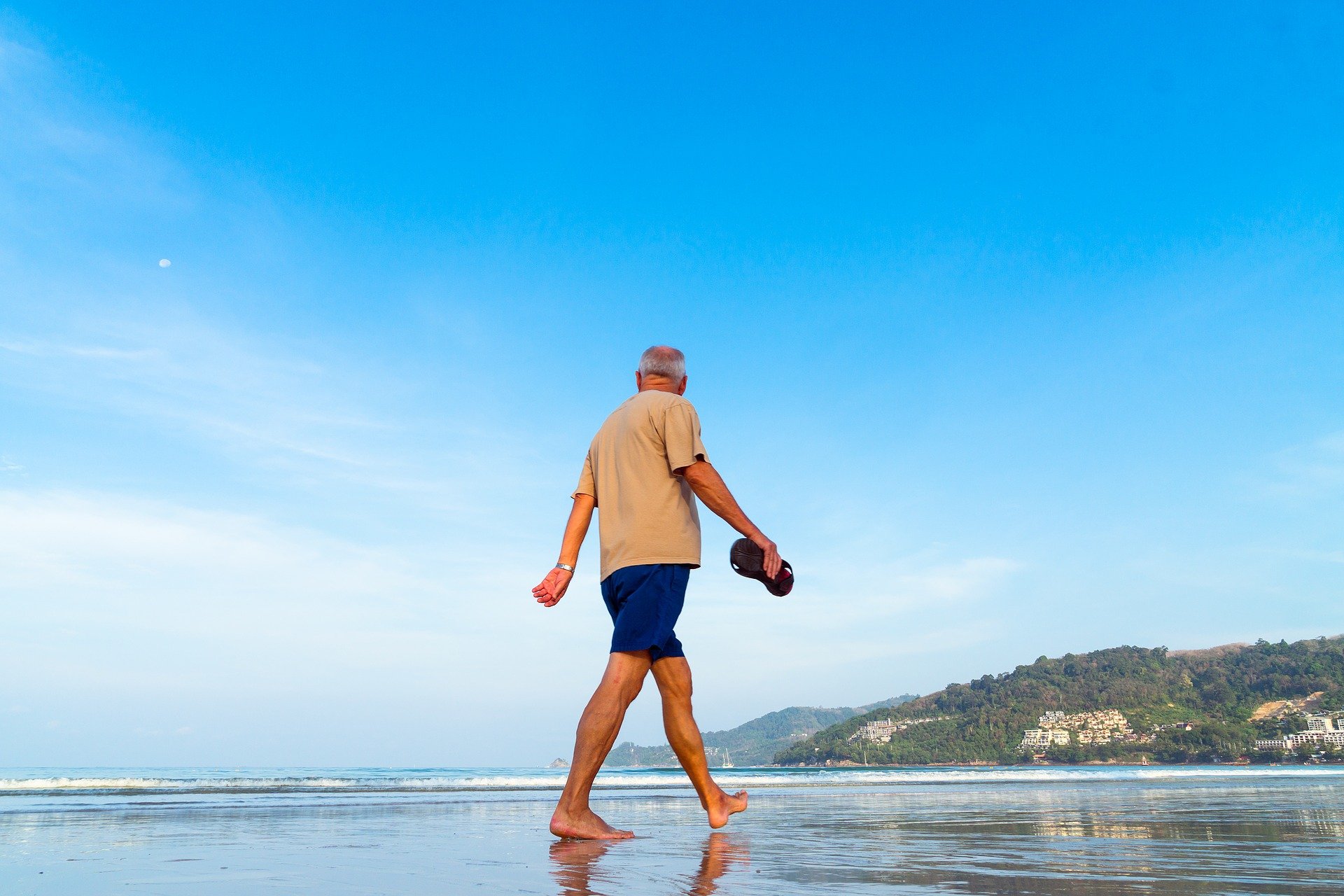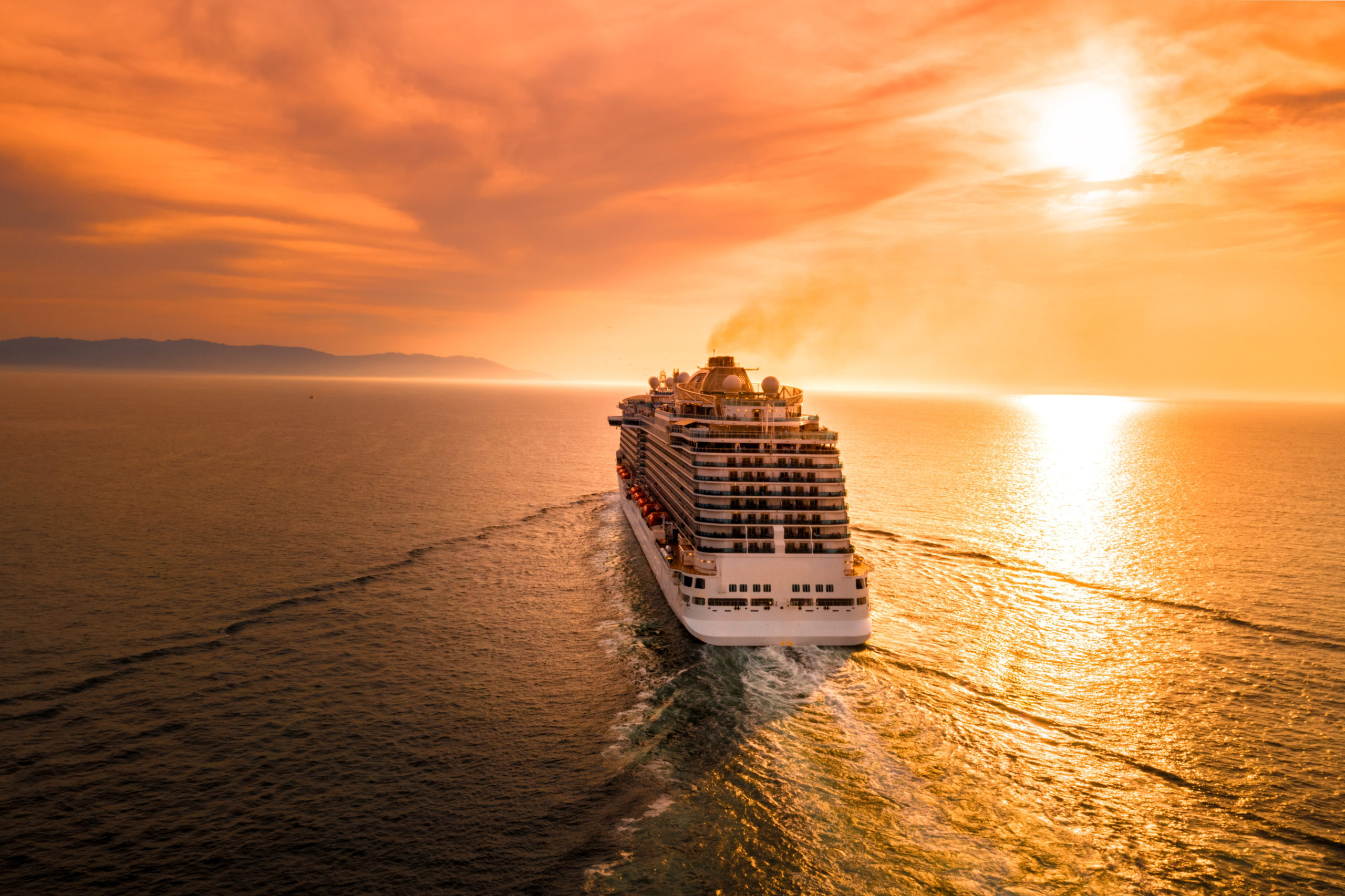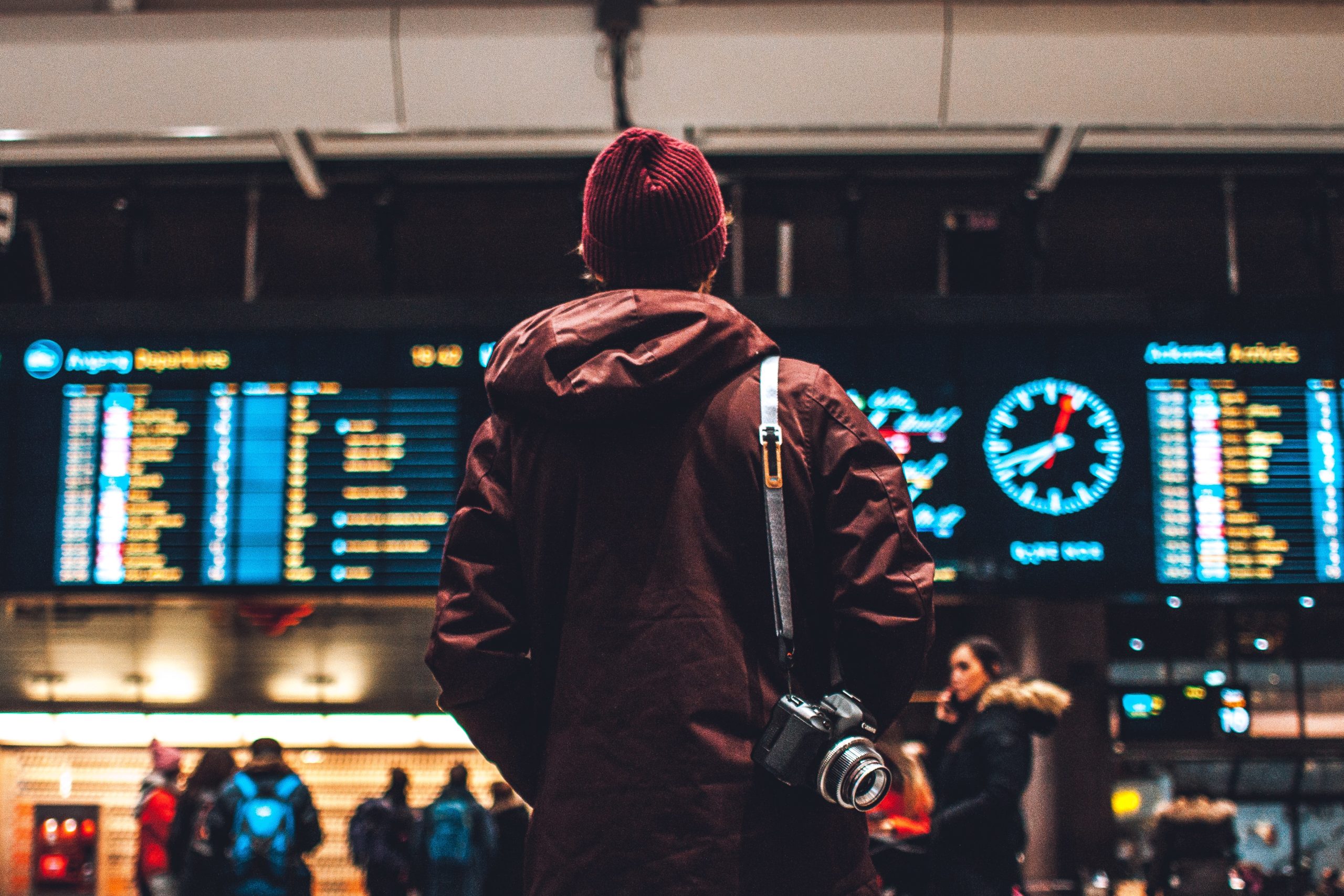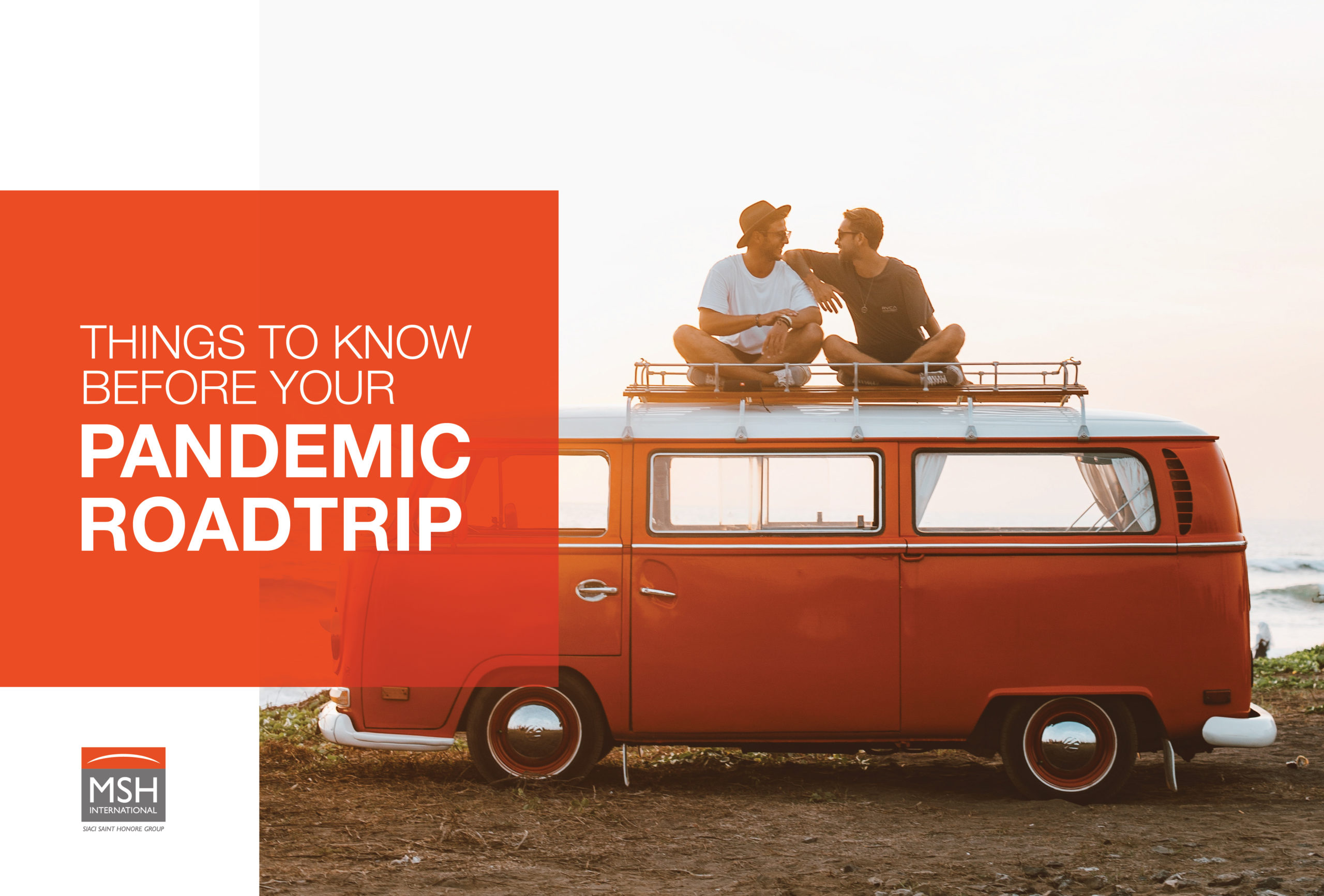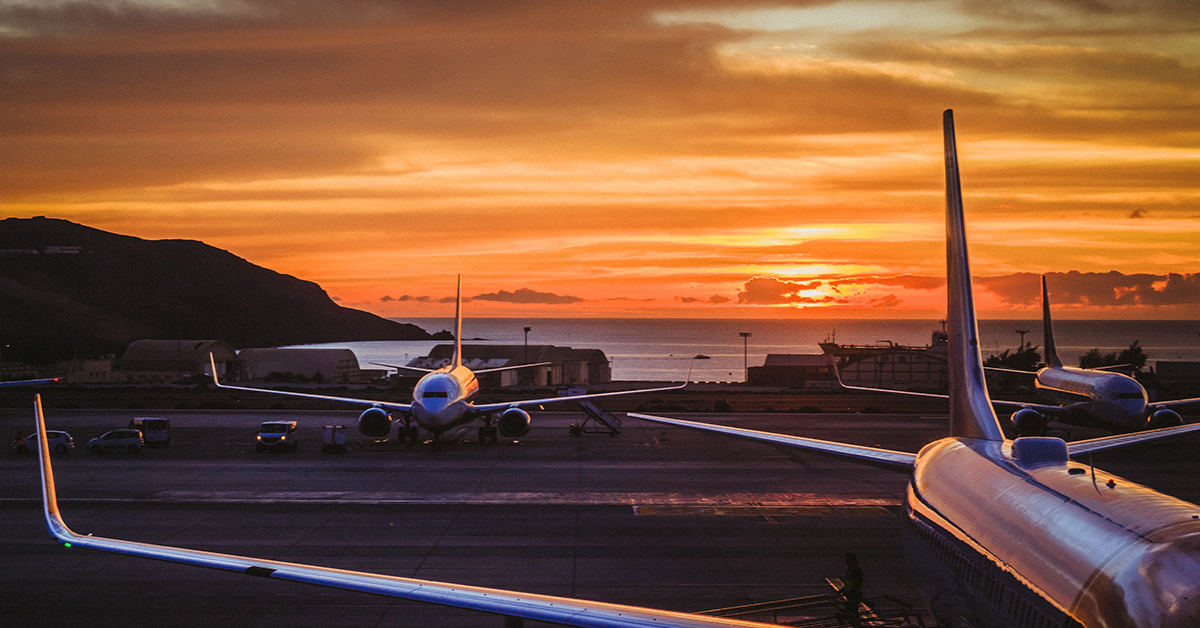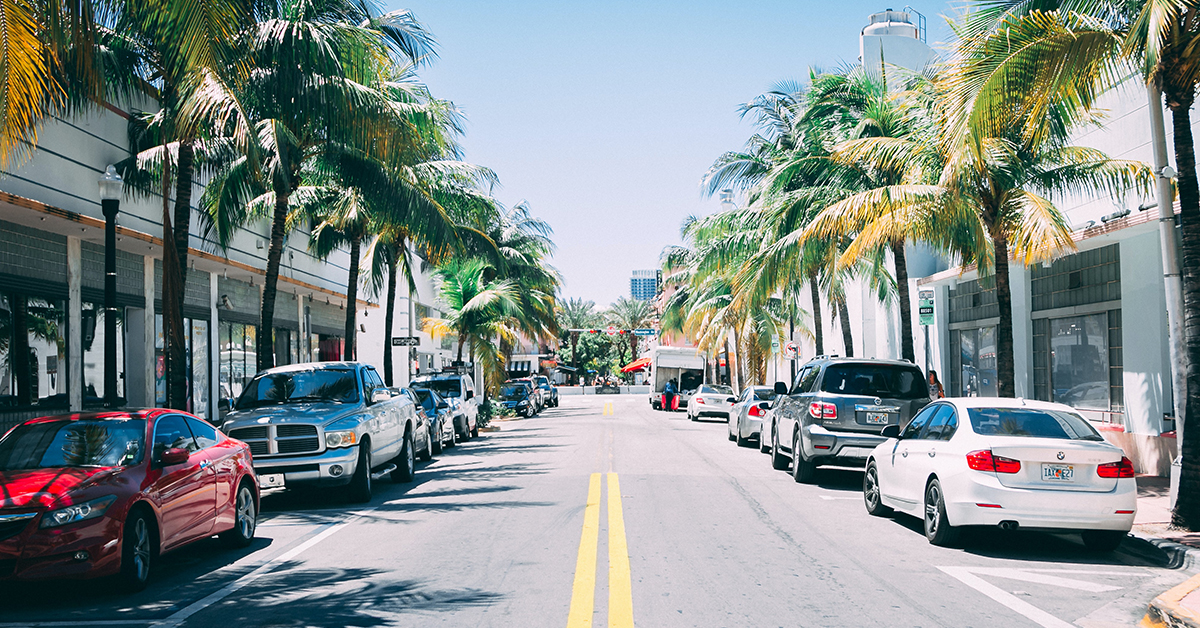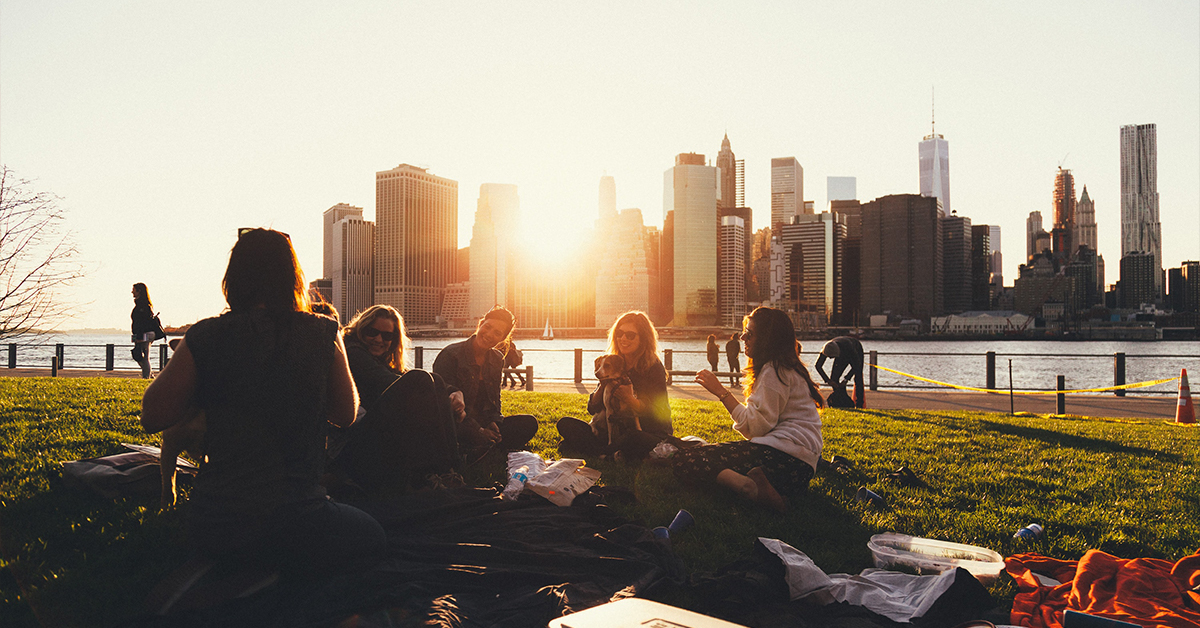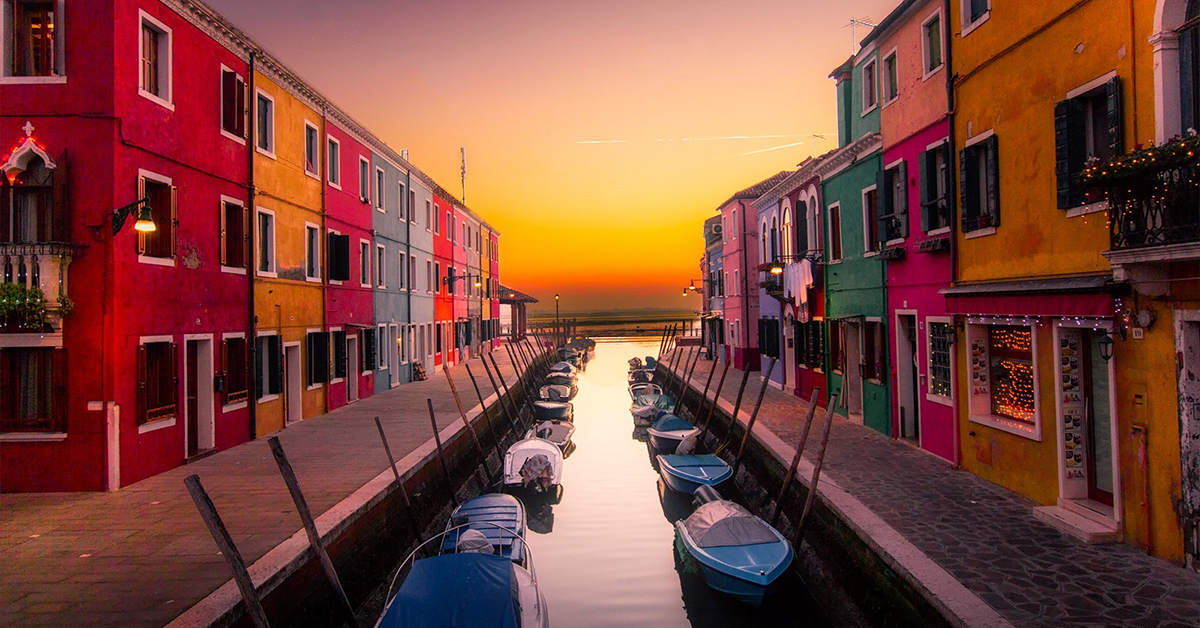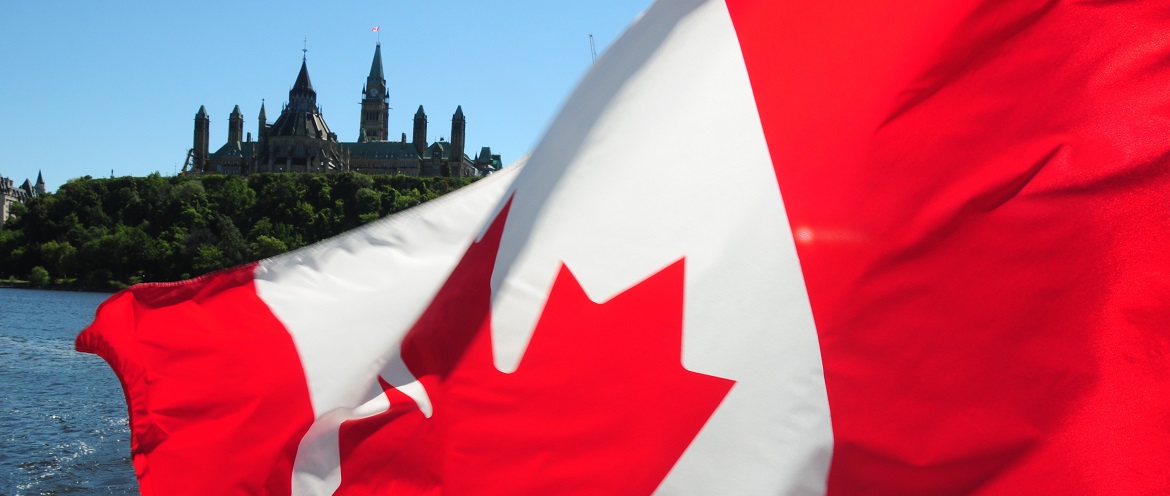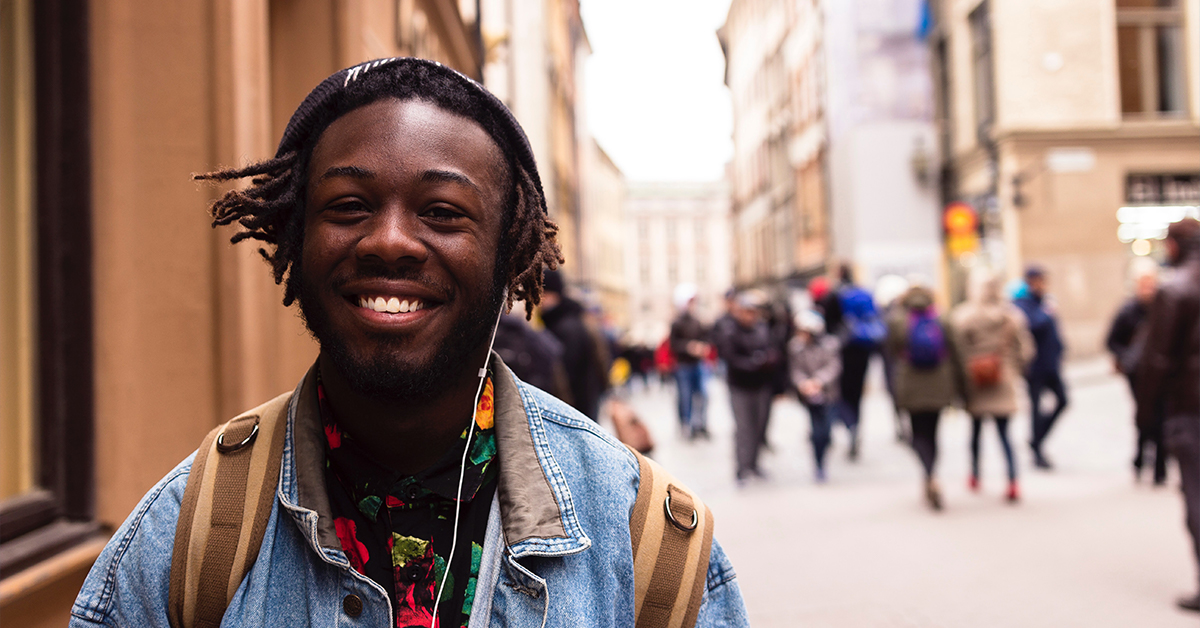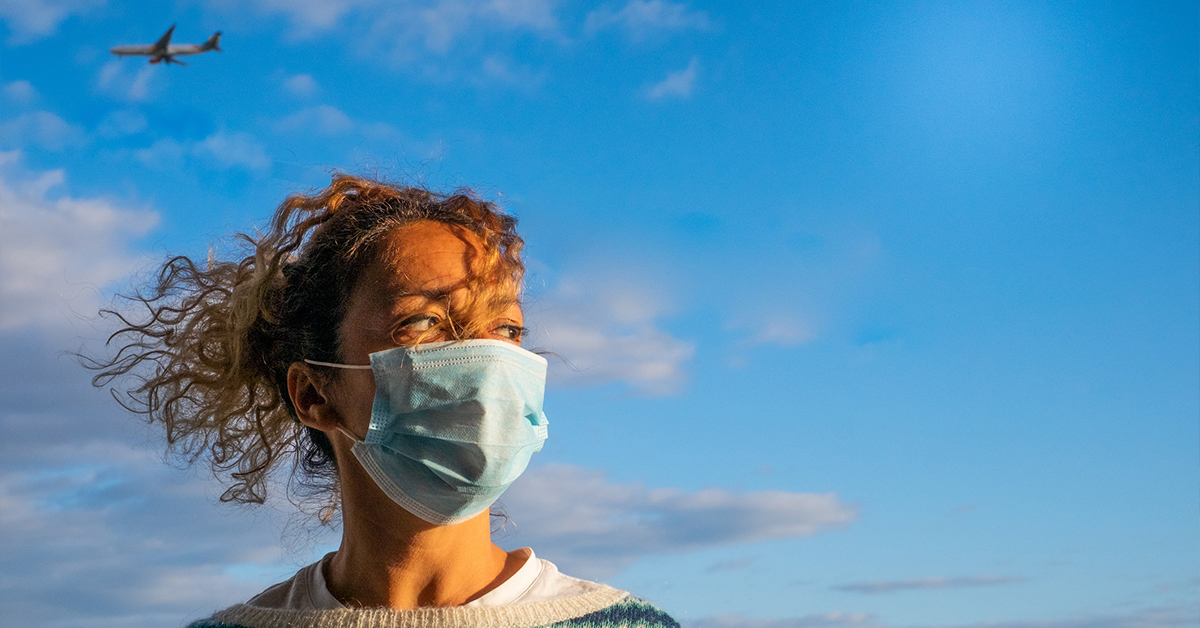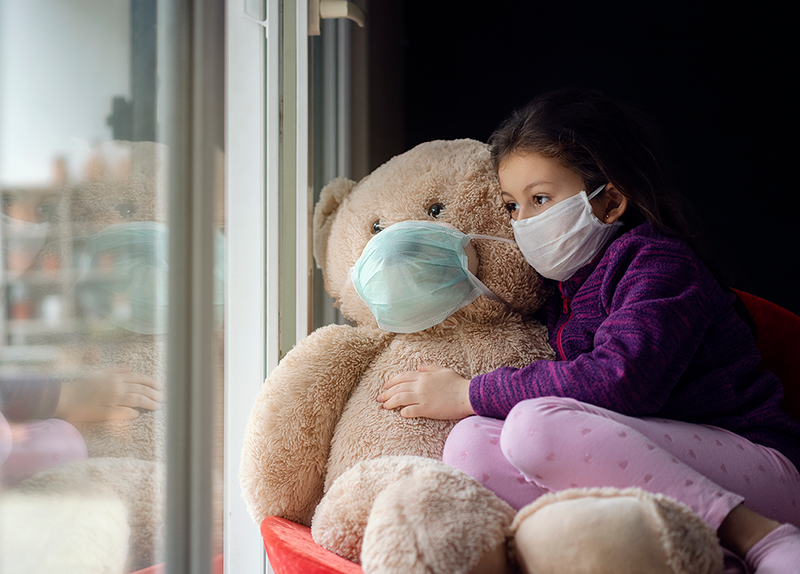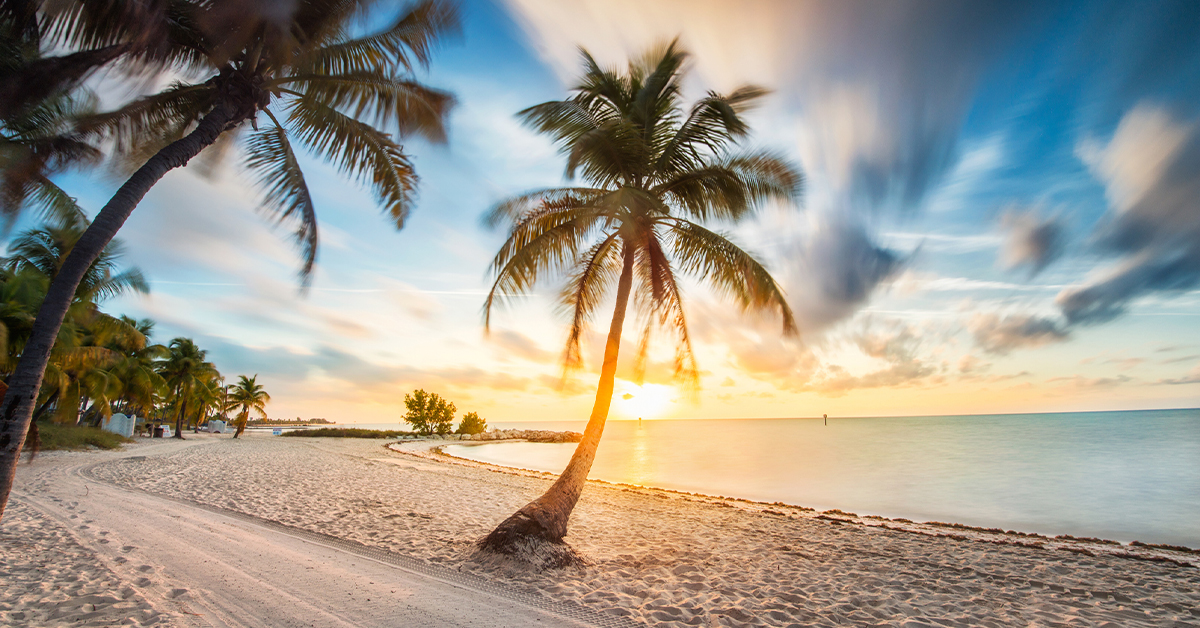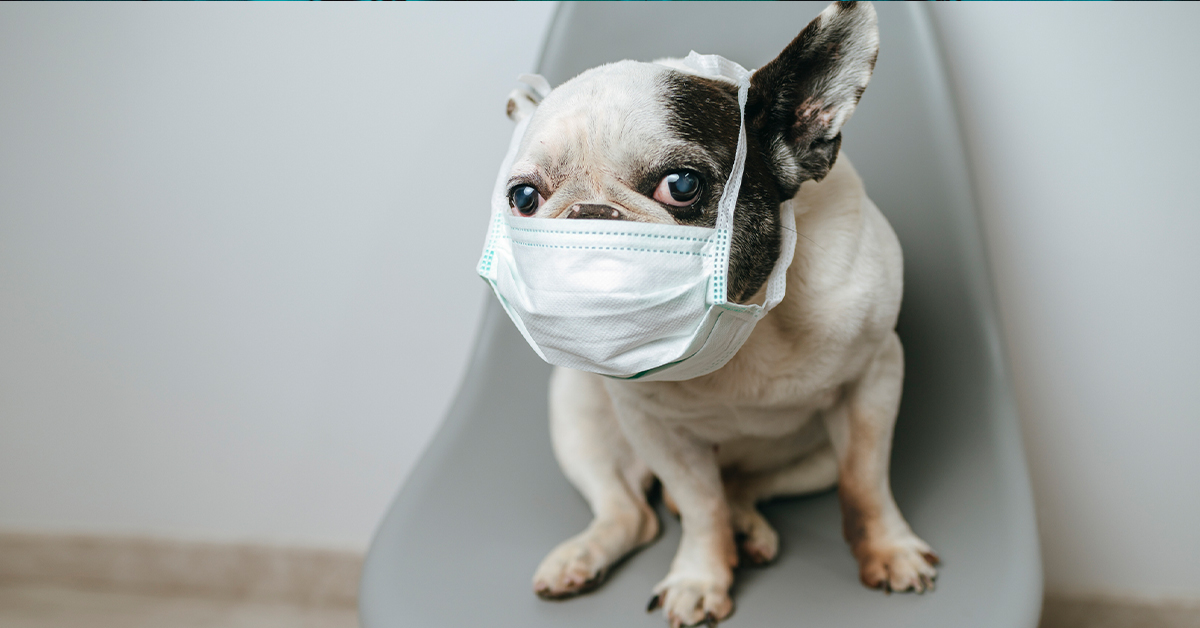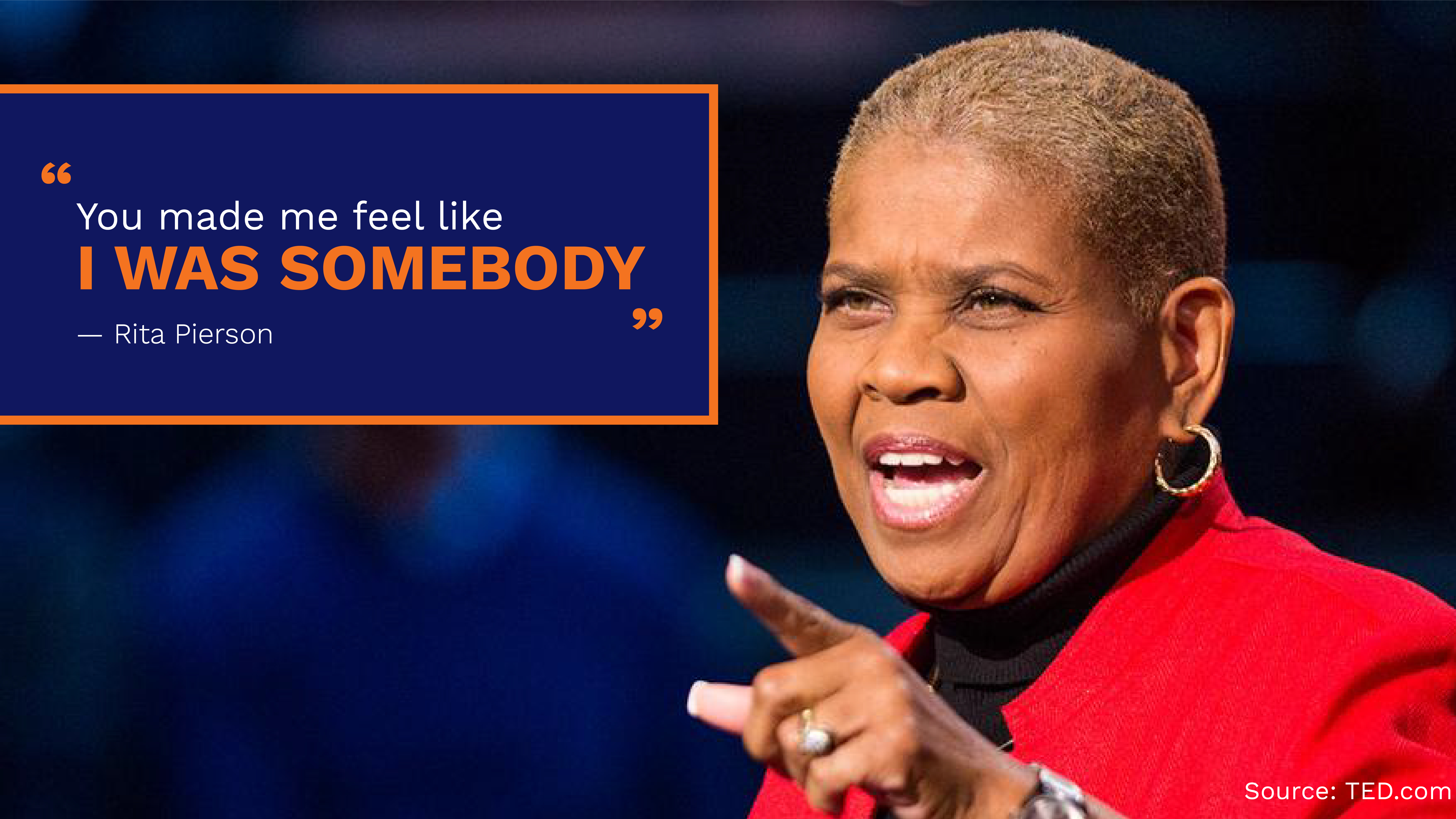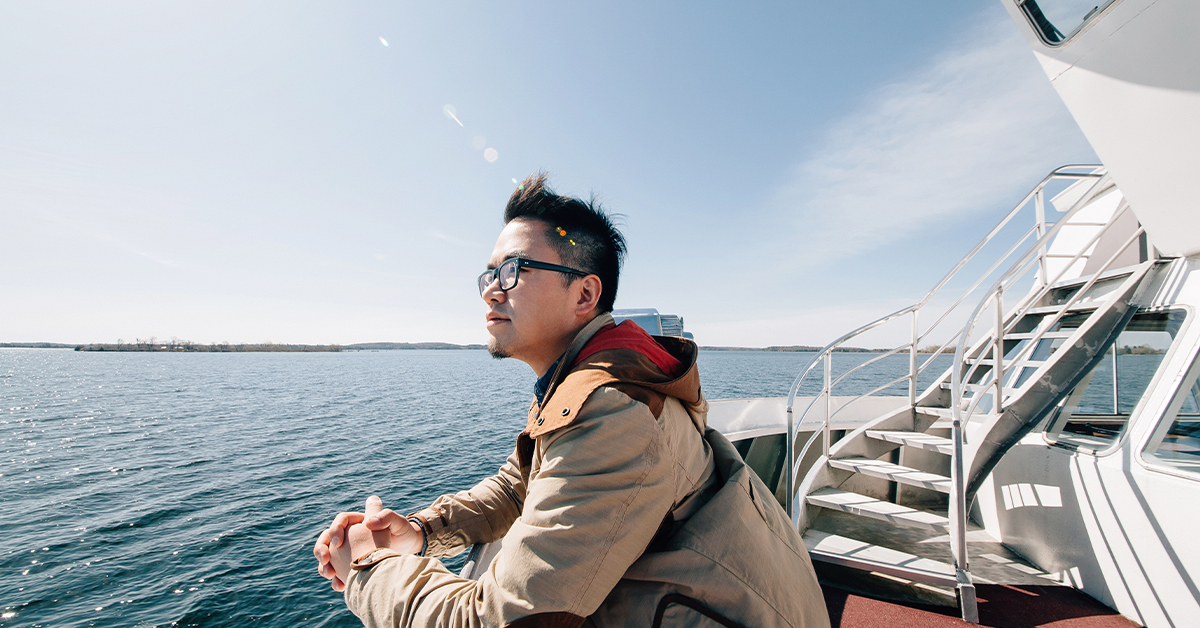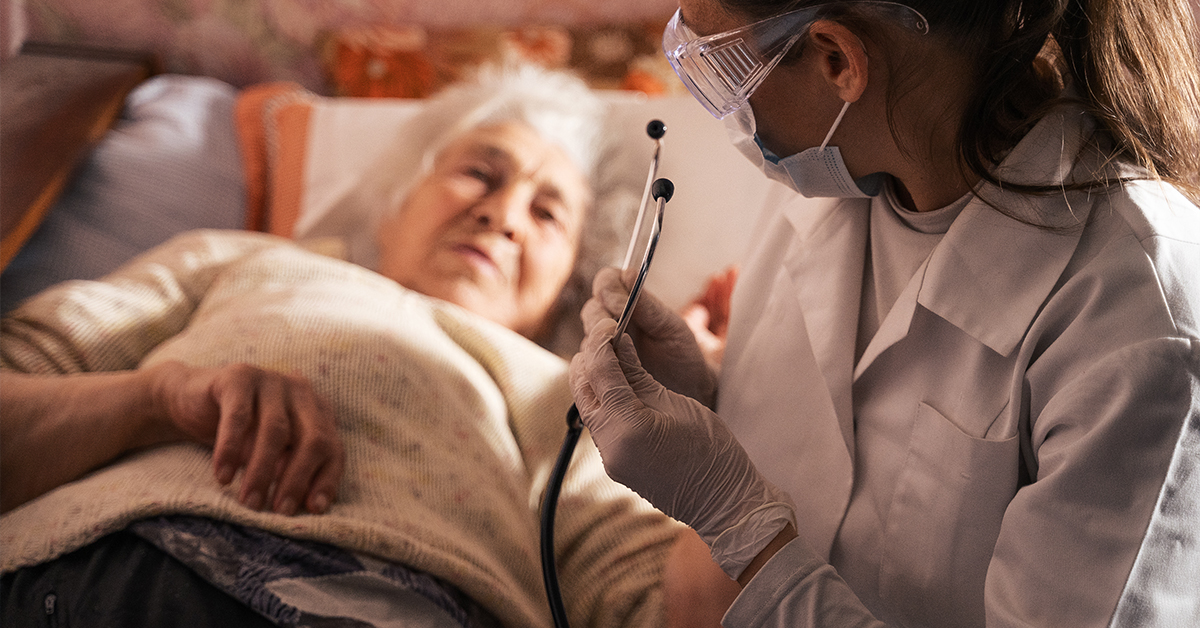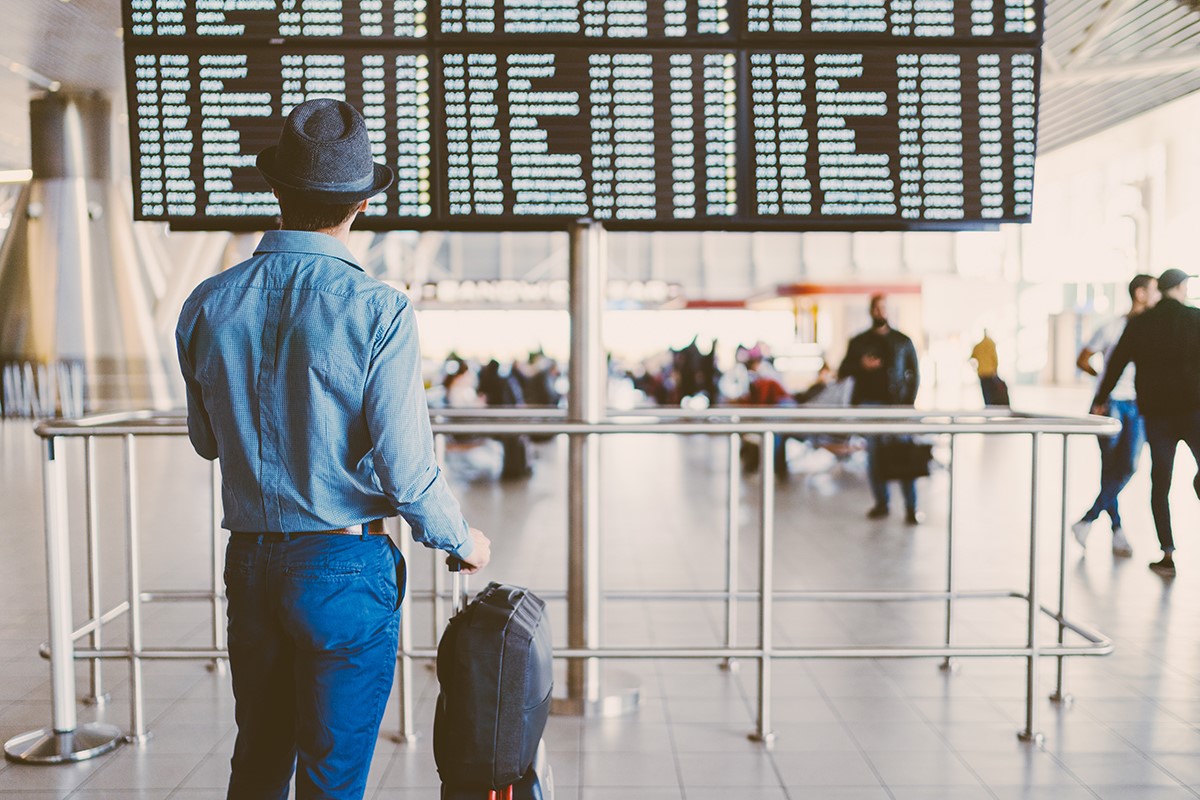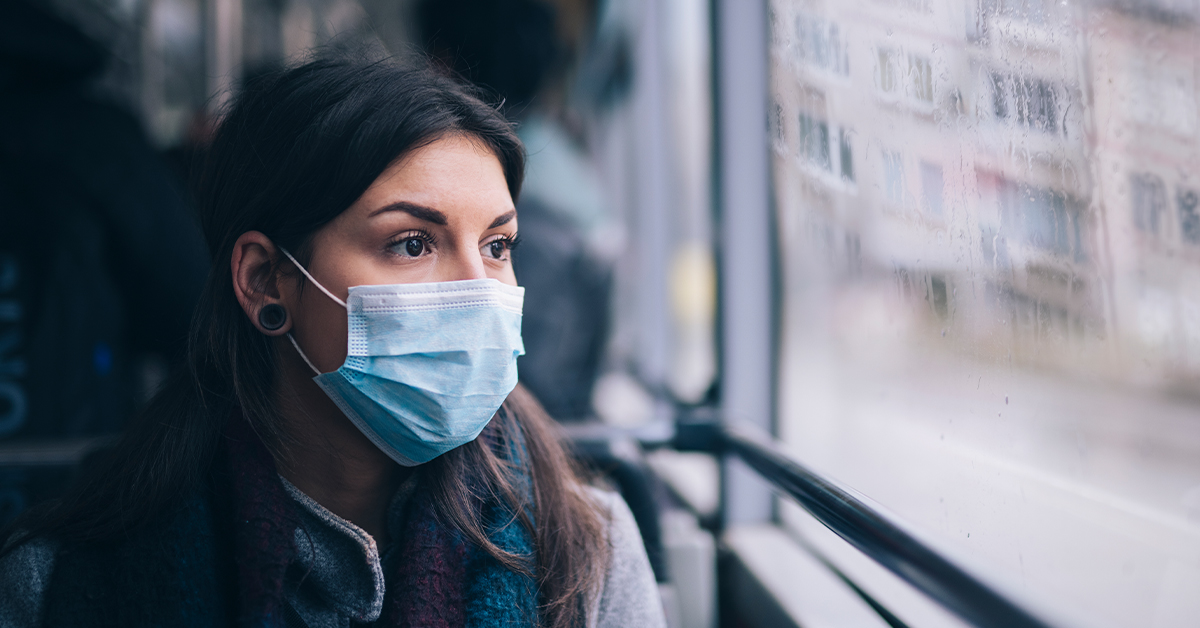Canadians spending long periods in the US on B2 visitor’s visas (see our previous article) often ask at what point their presence becomes taxable to Uncle Sam. It’s a good question because paying taxes at home is irritating enough. You don’t want to get tangled up with tax demands from two governments.
And the good news is that the great majority of snowbirds won’t have to pay US taxes. But they need to follow some not-too-complicated rules.
Let’s take it from the top
The demands of the IRS, which governs tax collection, and the requirements of Homeland Security’s Customs and Border Protection agency, which controls who enters the country and for how long, are separate. CBP agents are not tax collectors.
The IRS, however, is. And it wants to know if you spend enough time in the US to be considered a resident for tax purposes. Don’t read that as being a shortcut to residency. It is not. You can’t become a legal US resident just by agreeing to pay taxes. The IRS simply wants to identify your tax status and for that it uses what it calls the Substantial Presence Test.
Here’s how it works, and let’s use the tax year 2020 as an example. According to the IRS, if you were in the US at least 31 days during calendar year 2020, count the total number of days you were there, then count 1/3rd of the days you were present in 2019, and 1/6th the number in 2018. If that adds up to 183 days, you meet the Substantial Presence threshold and you are a resident for tax purposes. If you were present for fewer than 183 for the three years in question, you’re not. But caution: The IRS counts in calendar years—not 12 rolling months, as does Homeland Security. Two different systems for different purposes. Don’t confuse them. Many do. So, we emphasize: The IRS has nothing to do with the rules about how long you can stay in the US.
Now the good part: IRS form 8840 is the Closer Connection Exception Statement for Aliens. Completing this is how youexempt yourself from paying taxes to the US. The form is free and easily available from the IRS website. This form also explains the Substantial Presence rules we have just alluded to.
In completing the form, you will verify that Canada is your primary home, it’s where you live most of the year, where you do your primary banking, where you pay your taxes, where you are registered to vote, have your cars licensed, have your primary social and family connections, etc. It also asks when you entered the country on your most recent trip, your passport number, and some questions about out-of-country income sources. But don’t let those questions about income sources intimidate you as they would be relevant only if you were a questionable candidate for exemption. And make sure you file with the IRS by June 15 for the tax year in which you did your last trip. If your last trip was in 2020, file by June 15, 2021.
The main purpose of the form is simply to verify you are who you say you are. And once you file, you’ll likely never hear from the IRS—even to confirm that they got your form. It’s not their highest priority.
But if you normally spend about four months a year in the US, we advise strongly that you file, keep a copy, and carry it with you when you cross over into the US as it’s evidence of your status and it shows you know the rules and are adhering to them—even if you’re slightly under the Substantial Presence threshold.
© Copyright 2020 Milan Korcok. All Rights Reserved.


